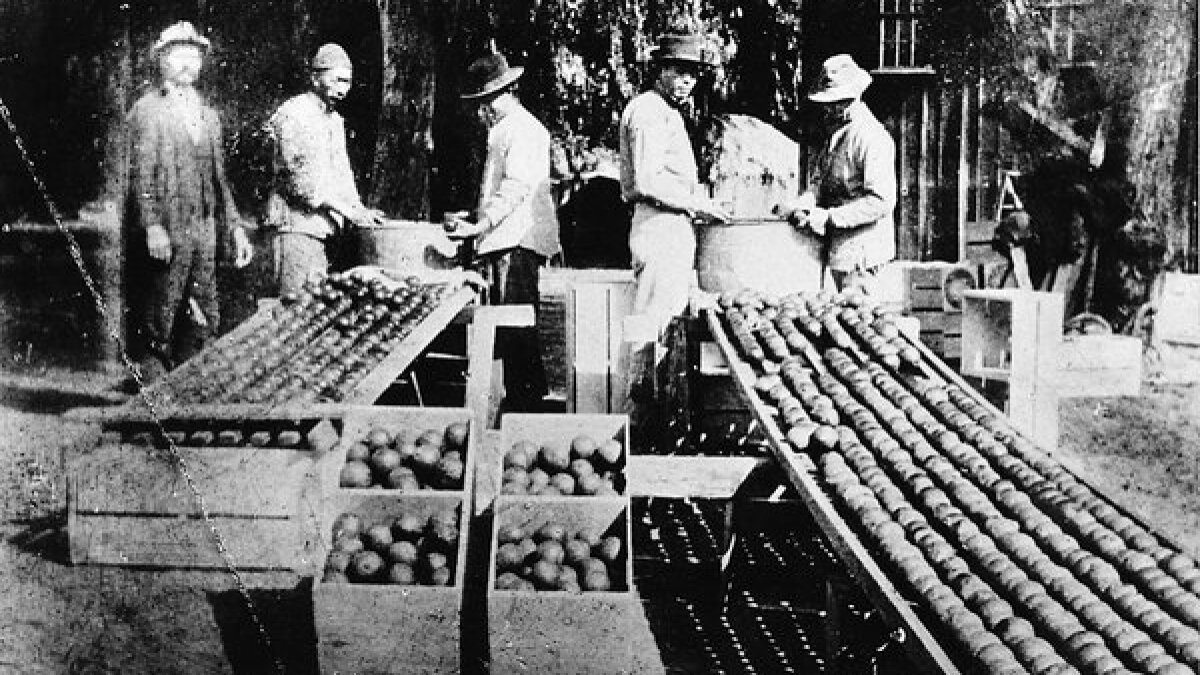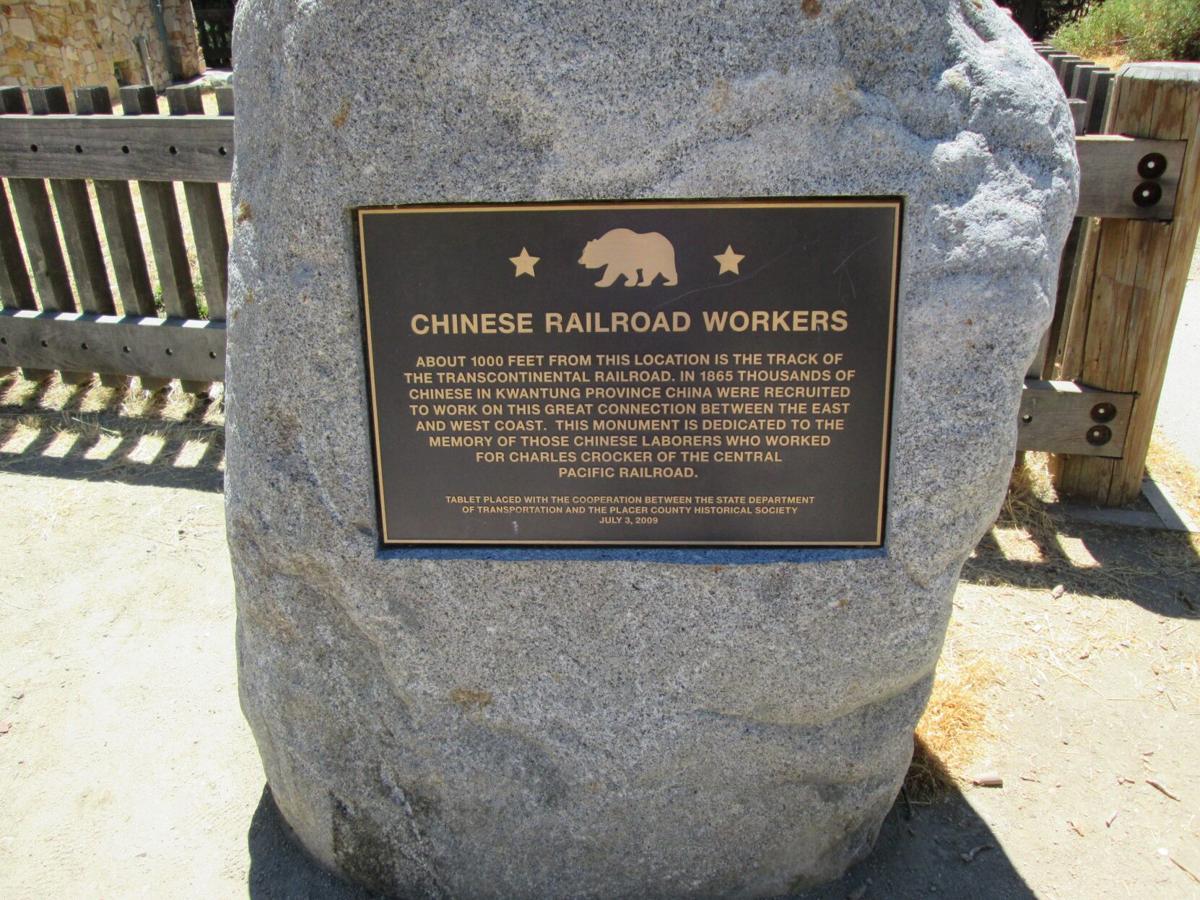Notes
Lesson 6: Legacy and Recognition
Do Now Activity
Find clips from documentaries or news segments on recent recognition efforts for Chinese laborers Think and discuss why it may have taken so long for Chinese workers to receive recognition.
Learning Objective
Describe what happened to Chinese workers after the completion of the railroad, including their migration to other parts of the country and their contributions to various industries.
Post-Railroad Life
After the completion of the Transcontinental Railroad in 1869, many Chinese laborers found themselves facing a new set of challenges. Despite their vital contributions, they were not invited to the ceremony marking the railroad's completion, reflecting the pervasive discrimination they faced. With the railroad work finished, many Chinese workers sought employment in other sectors. Some moved to urban areas such as San Francisco, where they formed Chinatowns and worked in industries like manufacturing, agriculture, and fishing. They played a significant role in the development of California’s agricultural sector, particularly in the cultivation of crops such as fruits and vegetables.Others ventured into mining, seeking opportunities in the gold and silver rushes that continued in the western United States.

Chinese field workers washing and packing citrus at Riverside's Whipple Ranch, circa 1886.
Additionally, Chinese laborers were instrumental in developing the fishing industry along the Pacific coast, establishing thriving communities and businesses. Despite their significant contributions, they continued to face systemic racism and economic exploitation. Anti-Chinese sentiment was widespread, and many laws and policies were enacted to limit their opportunities and rights. Nevertheless, Chinese workers and their communities displayed resilience, finding ways to survive and contribute to the American economy and society.

Grant Avenue, in Chinatown San Francisco, 1930’s.
Historical Recognition
The contributions of Chinese laborers to the Transcontinental Railroad and other industries went largely unrecognized for many years. Efforts to acknowledge their role began to gain traction in the latter half of the 20th century. Historical markers and commemorative events have been established to honor their contributions. One such effort is the Golden Spike National Historic Site in Utah, which includes exhibits and plaques dedicated to the Chinese laborers. Annual commemorative events, such as the Golden Spike anniversary celebrations, often highlight the role of these workers.Historians like Gordon Chang have played a crucial role in bringing the stories of Chinese laborers to light. Chang’s research and publications have provided detailed accounts of their experiences and contributions, helping to shift the historical narrative to include these often-overlooked individuals. Through his work, and the efforts of others, the contributions of Chinese laborers have gained recognition in academic and public history. This recognition is vital in understanding the diverse and complex history of the United States and the contributions of immigrant communities to its development.

Chinese Railroad Workers Marker in Gold Run Rest Area East Bound, California.
Public memorials have also been established to honor the legacy of Chinese laborers. For instance, the Chinese Railroad Workers Memorial in California pays tribute to the thousands of Chinese immigrants who played a crucial role in building the Transcontinental Railroad. Community initiatives, such as the Chinese Historical Society of America, work to preserve and promote the history and heritage of Chinese Americans. These efforts not only honor the past but also educate future generations about the importance of recognizing and valuing the diverse contributions that have shaped the nation.

A group of Asian-Americans, including descendants of Chinese railroad workers, recreated an iconic photo on the 145th anniversary of the first transcontinental railroad's completion at Promontory Summit, Utah.
Modern efforts to recognize and honor Chinese workers have continued to grow, encompassing educational programs, public memorials, and community initiatives. Educational programs have been developed to include the history of Chinese laborers in school curricula, ensuring that students learn about their significant contributions from a young age. Museums and historical societies have curated exhibits that highlight the experiences and contributions of Chinese workers, offering visitors a more inclusive perspective on American history.
Final Activity
Research primary sources such as letters, newspaper articles, and diary entries from Chinese laborers or their contemporaries. Share findings with your peers and discuss the challenges faced by the workers and their impact on American history. Write a journal entry reflecting on this lesson, including your thoughts on why the contributions of Chinese laborers were overlooked for so long, how you feel about the current recognition efforts, and what you believe can be done to further honor these workers in the future.